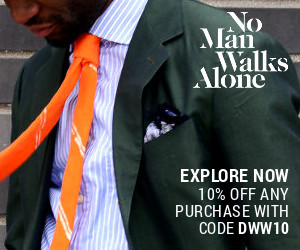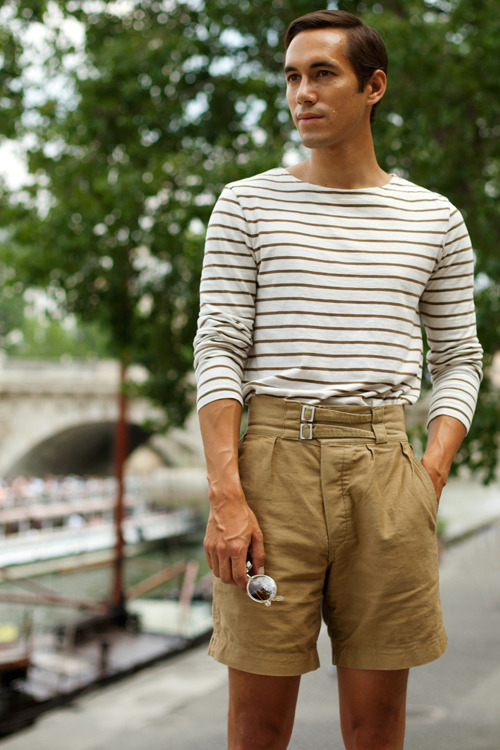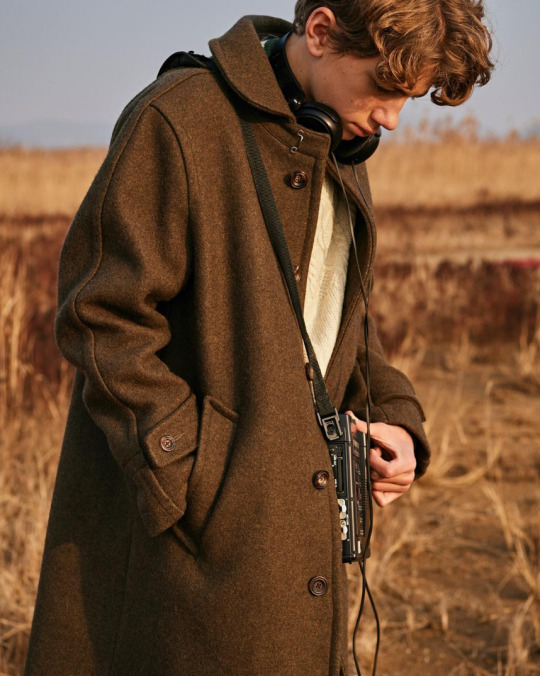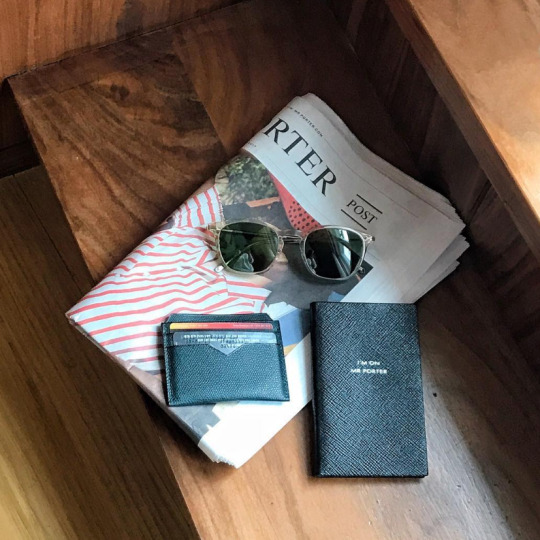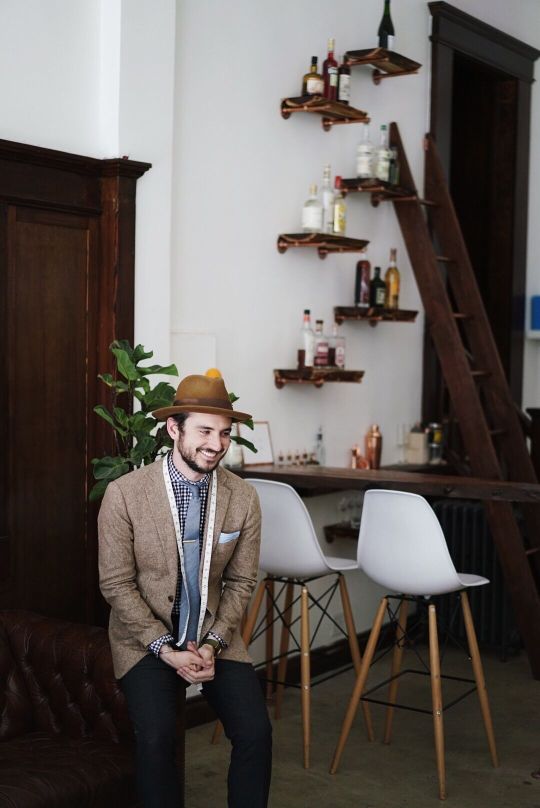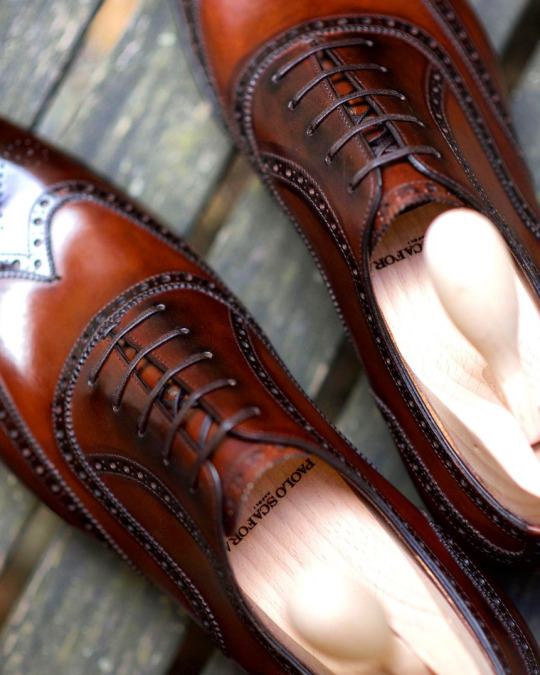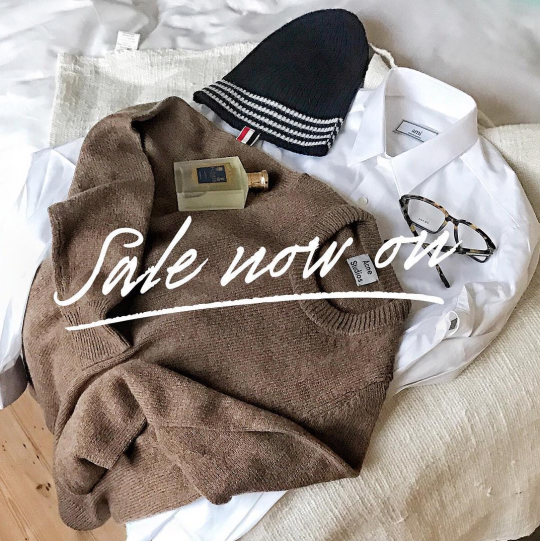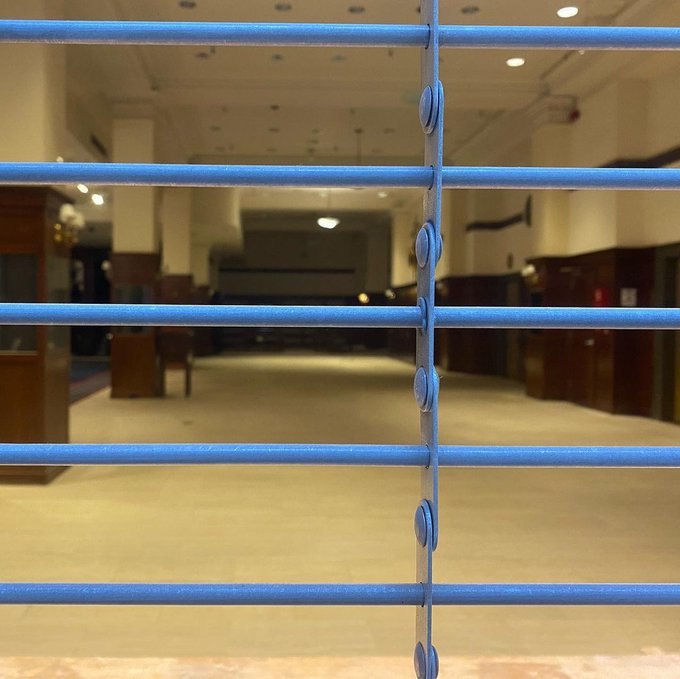
Much has been written about the “retail apocalypse.” While the US economy has been going through a general recovery, retail stores are struggling to keep their doors open. So far, in this year alone, there have been nine major bankruptcies, which is already more than those that happened in 2016. Major department stores such as J.C. Penney and Macy’s have announced over a hundred store closures. Menswear stalwarts such as J. Crew and Ralph Lauren are bleeding money. Payless filed for bankruptcy; Urban Outfitters say they’re overextended; and malls all over the country are quickly becoming ghost towns. The only stores that seem to be doing well these days are fast-fashion retailers (and even then, not all of them).
In some ways, the latest round of store closures isn’t anything new. A lot of this is about the shift towards online shopping, and the ‘net has already changed the brick-and-mortar scene for video stores, music stores, and travel agencies. It’s just that clothing retail represents a much bigger portion of the US economy (and the commercial landscape in most cities). And, as such, the changes here have bigger implications. A few months ago, The New York Times’ editorial board wrote: “The profile of today’s angry working-class voter is someone who has found that tickets to middle-class life have run out because manufacturing jobs they once could live on have given way to low-paying service jobs. Now, even many of these service jobs are disappearing.”
The changes are scary, and they remind me of an interview I once did with Allan Gilchrist, a manager at William Lockie. As many people know, the Scottish knitwear business has been dying for decades. Where you used to have hundreds of companies involved in the trade – from the spinning of yarn to the knitting of sweaters – there are all but a handful of surviving firms now (William Lockie being the best of them). To be sure, I’m speaking only of companies that still manufacture in Scotland. Many of the storied brands here have long off-shored their production, trading on their Scottish heritage in name only.
Keep reading

